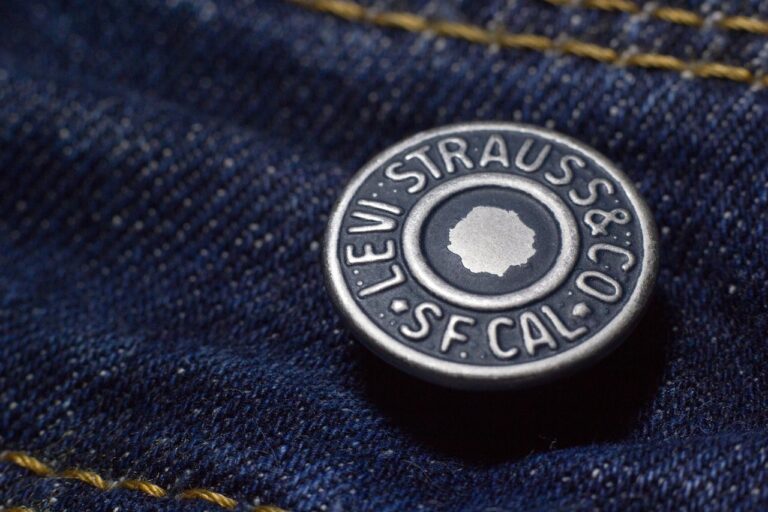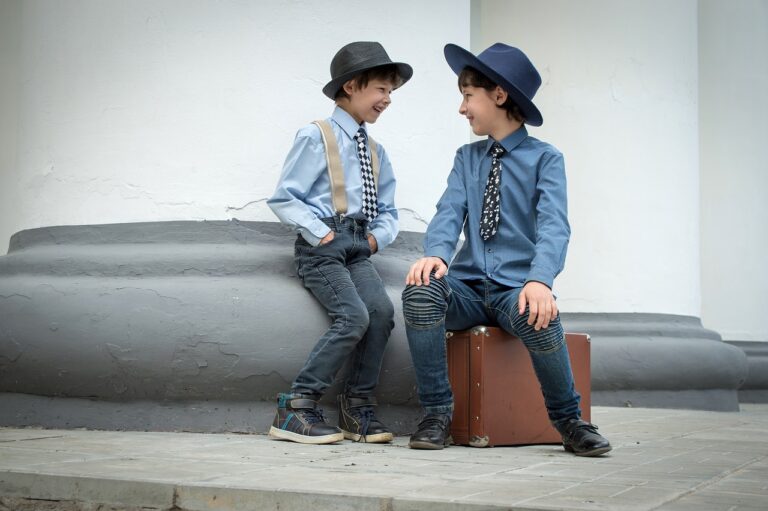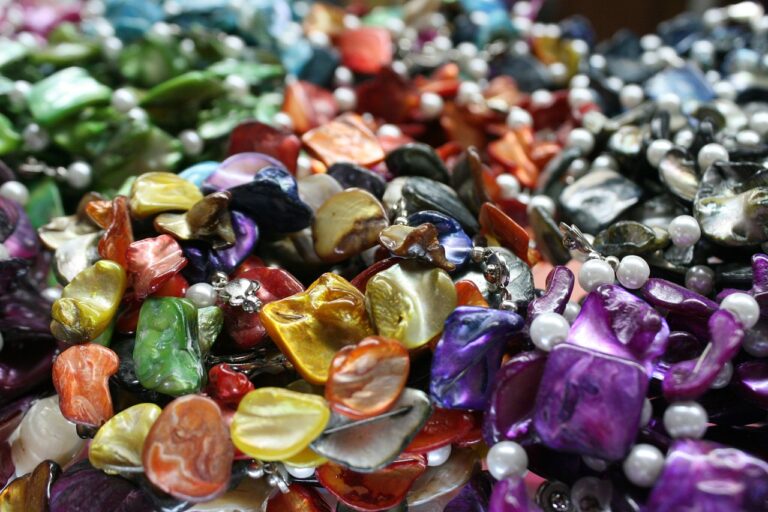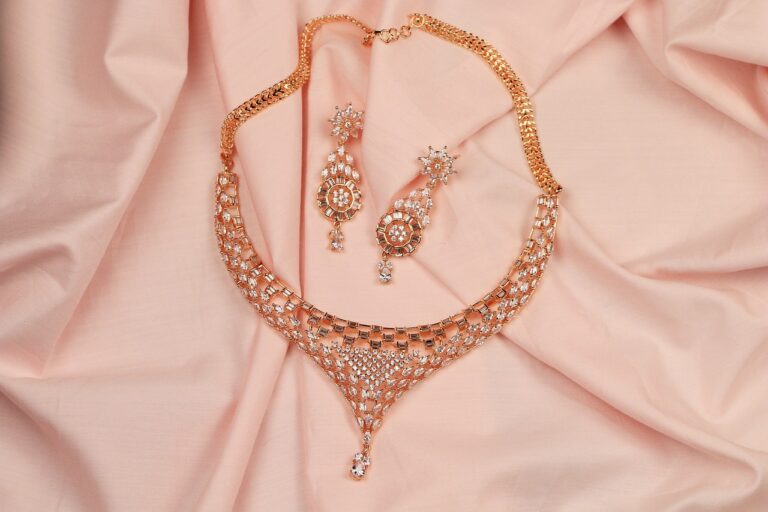Fashion and Sustainability: Upcycling in Design
Fashion has always been a dynamic industry, constantly evolving and reinventing itself to keep up with the changing times. In recent years, the fashion world has seen a growing trend towards sustainability, with designers and brands becoming more conscious of their environmental impact. One of the key practices driving this shift is upcycling, a process that involves repurposing old or discarded materials to create new and unique pieces. In this article, we will explore the concept of upcycling in fashion design, its benefits, and the impact it has on the industry.
What is Upcycling?
Upcycling is the process of taking old or unused materials and transforming them into something new and valuable. Unlike recycling, which breaks down materials to create new ones, upcycling seeks to retain the original form of the material while giving it a new purpose. This practice is not only sustainable but also allows for creativity and innovation in design.
The Benefits of Upcycling in Fashion
There are several benefits to incorporating upcycling into fashion design. One of the main advantages is its positive impact on the environment. By repurposing existing materials, designers can reduce the amount of waste produced in the fashion industry. This helps to minimize the harmful effects of textile production, which is known to be one of the most polluting industries in the world.
Another benefit of upcycling is its ability to promote a circular economy. Instead of following the traditional linear model of production and consumption, which leads to wasteful practices, upcycling encourages a more sustainable approach. By giving new life to old materials, designers can prolong their lifespan and reduce the need for new resources to be extracted.
Examples of Upcycling in Fashion Design
Many designers and brands have embraced upcycling as a creative and sustainable practice. One prominent example is Stella McCartney, a fashion designer known for her commitment to eco-friendly fashion. McCartney incorporates upcycled materials into her collections, creating pieces that are both stylish and environmentally conscious.
Another brand making strides in upcycling is Patagonia, a popular outdoor clothing company. Patagonia offers a Worn Wear program, where customers can trade in their old Patagonia garments for store credit. The company then repairs and resells these items, reducing waste and promoting a culture of reuse.
The Future of Upcycling in Fashion
As consumers become more aware of the environmental impact of the fashion industry, there is a growing demand for sustainable and ethical practices. Upcycling offers a solution to this demand, providing a way for designers to create innovative and eco-friendly collections. With the rise of upcycling in fashion design, we can expect to see more brands incorporating this practice into their production processes.
FAQs
1. What is the difference between upcycling and recycling?
Upcycling involves repurposing old materials to create something new, while recycling breaks down materials to create new ones.
2. How can consumers support upcycling in fashion?
Consumers can support upcycling by buying from brands that incorporate upcycled materials into their collections and by donating or selling their old clothes for upcycling.
3. What are some challenges faced by designers when upcycling in fashion?
Designers may face challenges such as sourcing quality materials, maintaining consistency in design, and educating consumers about the value of upcycled fashion.
4. How can upcycling contribute to a more sustainable fashion industry?
Upcycling can reduce waste, minimize environmental impact, and promote a circular economy in the fashion industry.







